12 weird traditions of the Middle Ages! 12 bizarre Medieval trends! 12 everyday Medieval customs that went beyond strange! 12 things you didn’t know about the Middle Ages! Fun facts about Medieval times! 12 interesting and unusual facts about Medieval life! 12 curious facts about life in Medieval times! 12 astounding Medieval facts about life in the Middle ages! 12 intriguing facts about the Middle Ages!
Between the collapse of Western Rome and the Renaissance period, the Middle Ages – also known as the Dark Ages – was one of the most difficult times of life in every sense from past to present. The daily life of people who struggled with many epidemics and especially famine during the period, especially the plague, was full of unusual difficulties and desperation.
These times, when people were mainly trying to cope with misery, were stigmatized as “unlucky” and expressed as the “unluckiest” period to be born. The European Middle Ages were the years when the human population was quite unbalanced for such reasons, and the dirt and carelessness was at its peak.
In addition to these negativities and difficulties, the practices that these people have adopted and continued in their daily lives are quite strange and hard to believe.
12 weird traditions of the Middle Ages! 12 bizarre Medieval trends! 12 everyday Medieval customs that went beyond strange! 12 things you didn’t know about the Middle Ages! Fun facts about Medieval times! 12 interesting and unusual facts about Medieval life! 12 curious facts about life in Medieval times! 12 astounding Medieval facts about life in the Middle ages! 12 intriguing facts about the Middle Ages!
1. The most striking application of the period was undoubtedly the animal courts
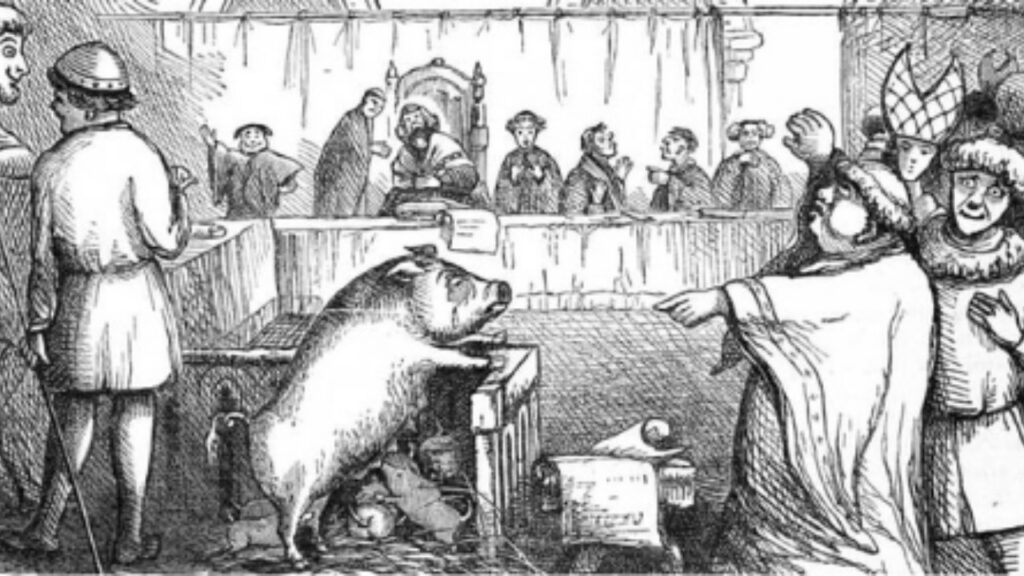
In the Middle Ages, courts weren’t just set up to try people. There were 85 court records at the time that the accused was an animal, and all animals, from insects to large heads, were brought to trial on suspicion of violating the law when deemed appropriate.
The most frequently tried animals in these courts were pigs, which were convicted and involved in many crimes, from gnawing human bodies to eating children. These pigs, brought to trial, were usually found guilty and executed by hanging or burning at the stake.
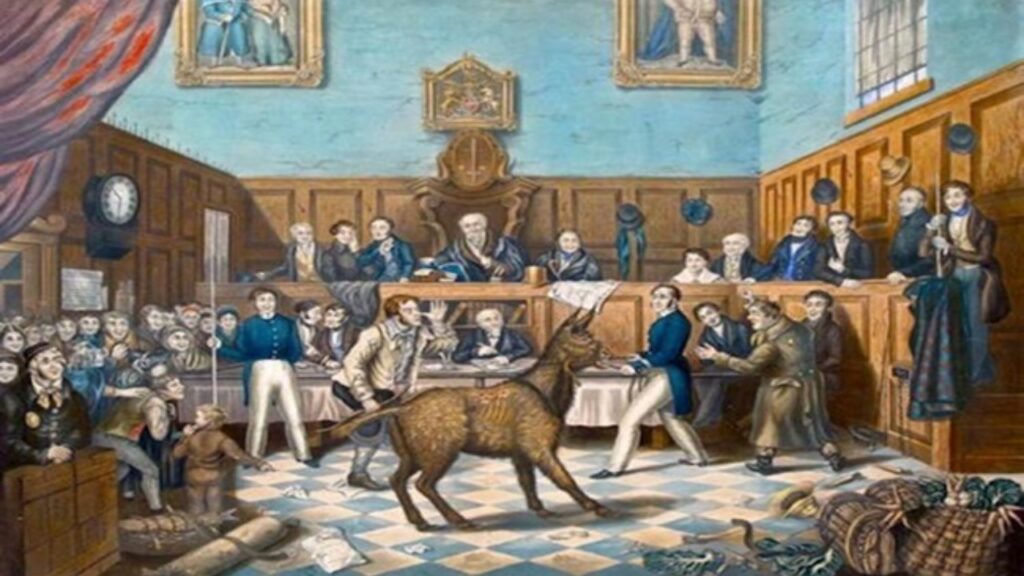
Apart from the pigs, a letter was written asking the mice to leave the buildings where they made their nests, and this behavior was considered unnatural because a rooster laid eggs, and even a dolphin was put on the defendant’s seat in the courts.
2. Every year, the “Feast of the Fools” was celebrated at the beginning of January
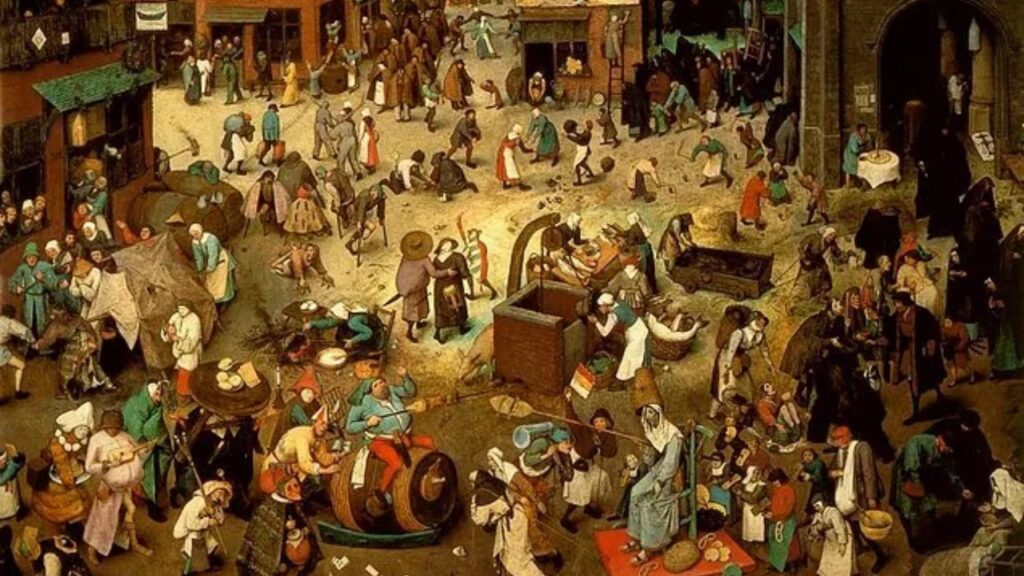
The feast of the insane, which took its origins from a pagan festival, brought many people together for fun in medieval Europe. In this celebration, the highest-ranking officials moved to the lowest rank, while the servants became masters and a king was chosen from the crowd.
Although it was desired that this holiday be limited to the church in the first place, this holiday became very colorful with the participation of the public later on, and it witnessed various entertainments such as costumes, funny performances, men dressed as women and women as men, and parades.
3. In the European Middle Ages, football was not a sport for having a good time, but an activity with violence and danger of death
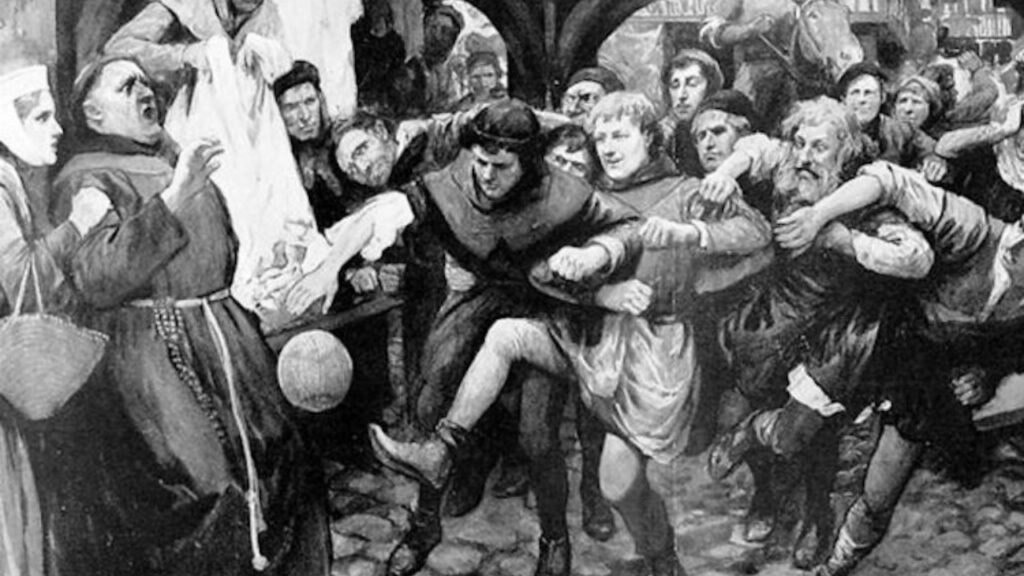
At that time, football had no rules and could be played with countless players all over the village. For this reason, it was not the ball that was kicked, but the players of the opposing team.
For a player trying to score a goal, anything was fair except killing. Due to the death and violence brought about by these irregularities, King II. It is stated that Edward banned this sport.
You may be interested in: 7 Interesting Facts About Poland You Should Know
4. In this dark age, when it came to marriage, there were some very unusual and unbelievable practices
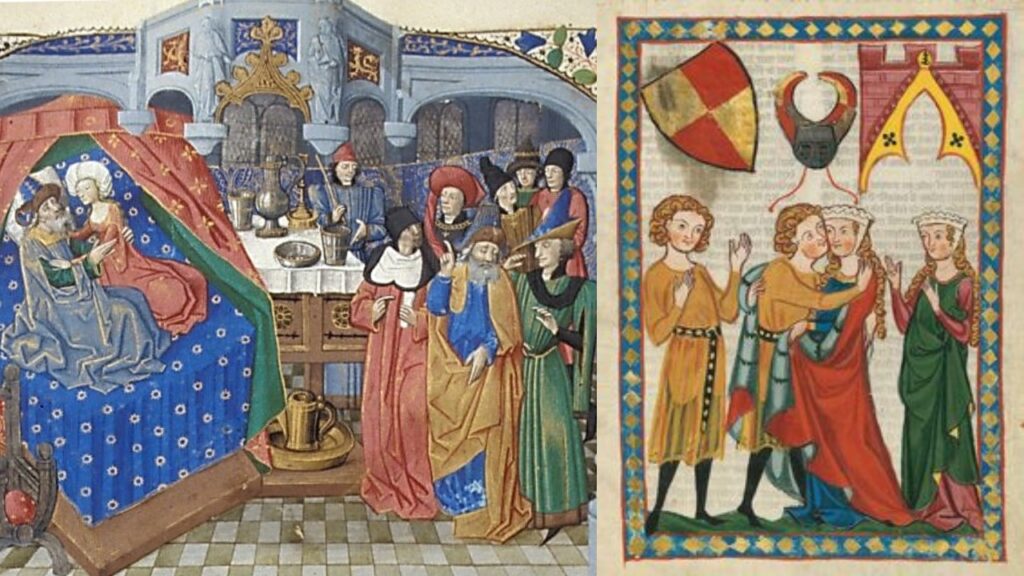
Generally speaking, women without a voice were seen as ready for marriage when they reached the age of 12-13, especially these women could not choose who they would marry, especially if they were from an upper-class family. These marriages were carried out largely for political and political purposes, and the privacy of the husband and wife was completely disregarded.
The first meeting of newlywed couples in the bedroom was watched and approved by the couple’s close circle. The reason for such a violation of privacy, which is one of the basic building blocks of marriage, was that marriages were not made with an official ceremony and men and women could get married in minutes, whenever and wherever they wanted.
In this case, it was difficult for couples to prove that they were really married, and for this reason, approval was deemed necessary in the presence of humans rather than gods.
5. The people of the Middle Ages, who were condemned to forced marriages, tried to love and be loved in the real sense under the name of “palace love”
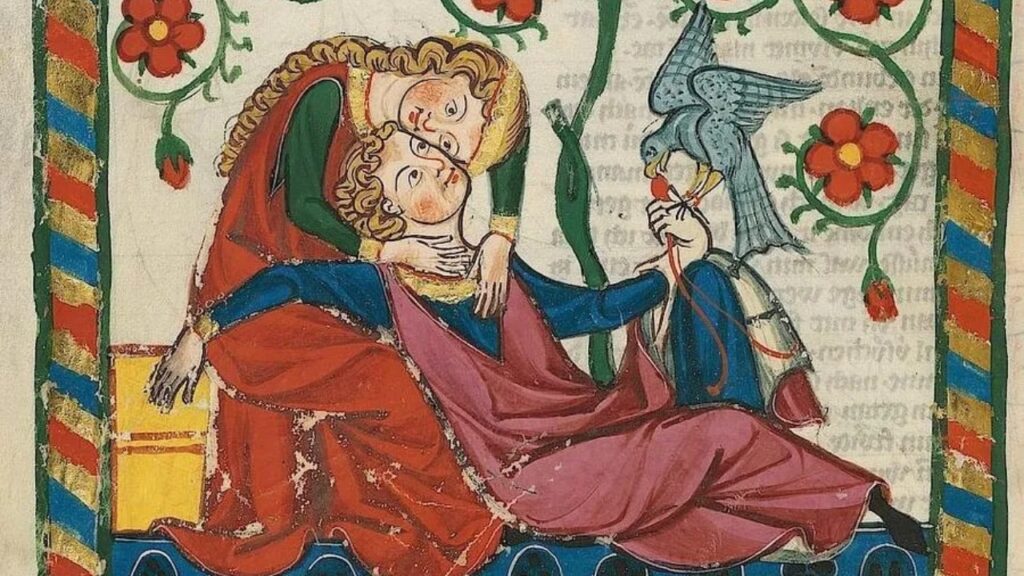
This courtly practice allowed lords and ladies to form a bond of affection with whomever they desired, regardless of whether they were married or not. The behaviors of those who lived in courtly love, such as giggling, laughing, dancing and holding hands, which were inappropriate for this age, were allowed, but sexual intercourse was strictly prohibited. Courtly love was so widespread that even a list of rules was written about the practice.
6. Medieval courts encouraged married couples who had problems with each other, not to compromise, but to violence

When the couples went to court, the man would go into a pit, standing with one hand behind his back, while the woman would circle around the man with a bag full of stones. These courts, consisting of a one-time fight, were the most common accepted means of resolving disputes between couples.
7. The understanding of beauty of women who lived in this period was quite different from today’s
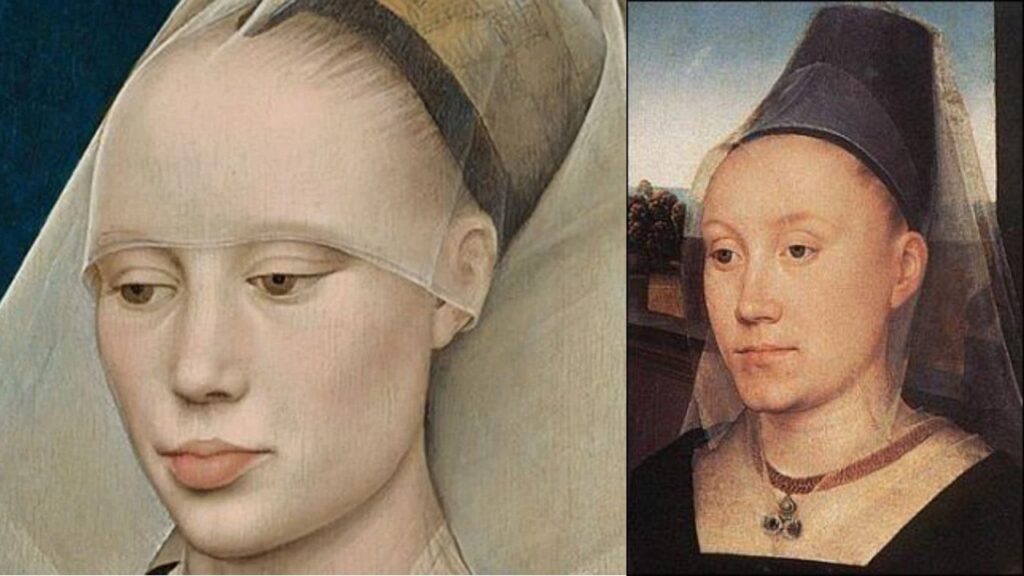
While eyelashes are very important to women nowadays, the secret of beauty was a hairless face and eyelashes without eyelashes. Since the forehead was seen as the center of the face, women aimed to highlight their foreheads more by removing their eyebrows and eyelashes.
Even these women voluntarily plucked their eyelashes and even plucked their hair to reveal and perfect their facial beauty. After this fashion was over, women whose eyebrows did not grow as before, found the solution to draw eyebrows for themselves.
8. The unconventional clothing adopted by men was also one of the issues that attracted attention
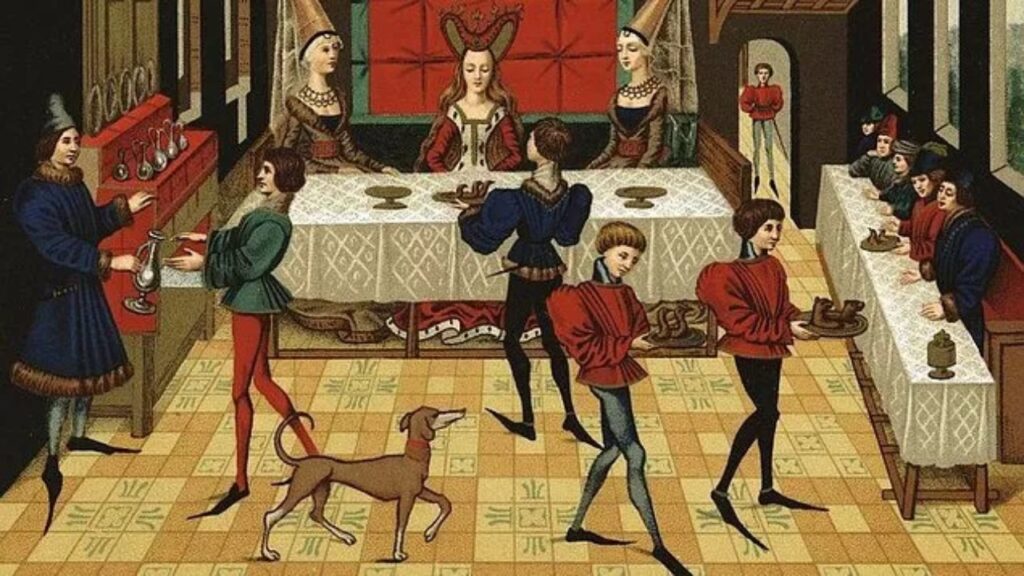
In this dark age, the dressing style of upper-class men was a way of expressing their superiority over poor people while at the same time symbolizing their wealth. For this reason, many strange fashion trends emerged, such as long and pointed men’s shoes. It was believed that the longer and more pointed the shoes that men wore, the greater the wealth of that person.
In addition, men started to choose clothes that reveal their bodies more during this period, and it became very common to wear short tunics and tights under these tunics.
You may be interested in: 5 Curious Facts about Science in the Medieval Period
9. The jesters of the period had certain privileges
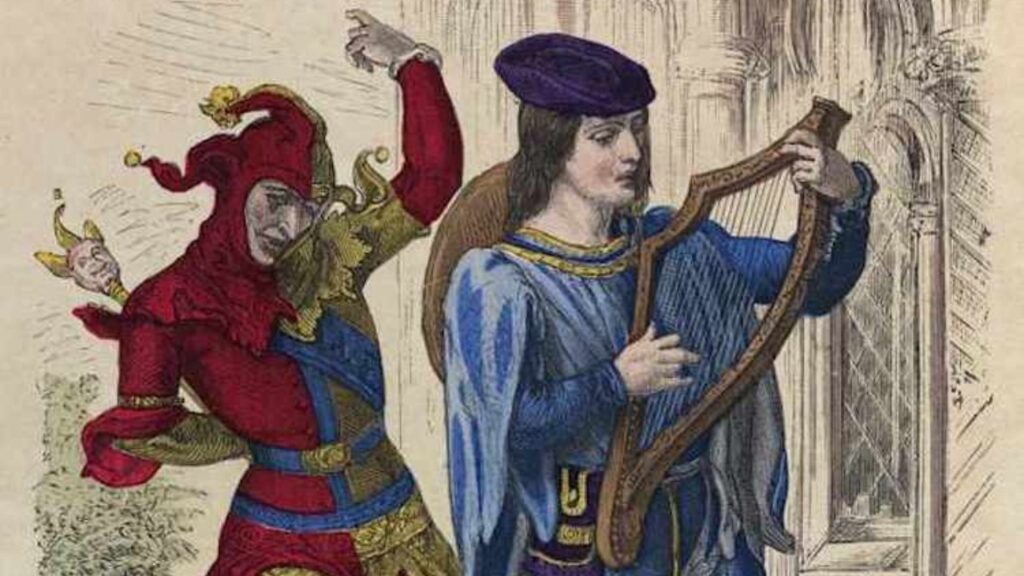
The jesters, who attracted attention by wearing hats inspired by donkey ears, were approached very optimistically in the palace. Jesters could easily joke with and criticize lords and ladies. While other people were strictly forbidden to voice their political views, the hated jesters were able to express their opinions freely.
10. They had a unique dish called “helmeted chicken”
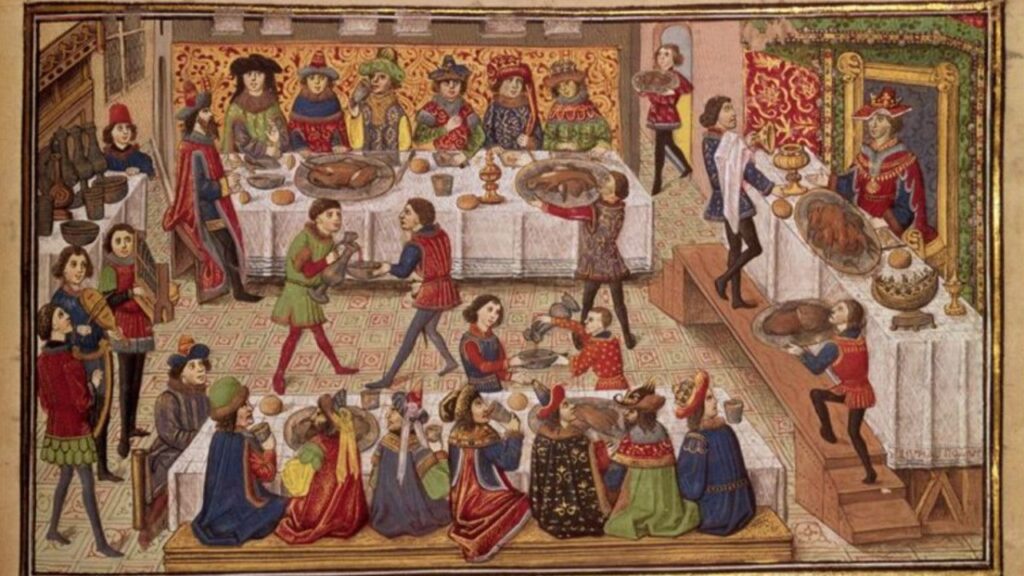
The variety of food for the poor in the European Middle Ages was often bland and uniform. But for the rich, there was no limit to eating and drinking. This segment loved to eat so much that they were experimenting and creating interesting designs in order to create different flavors.
One of the most striking designs of the upper class, who want to combine different flavors to eat creative and even more satisfying dishes, was the chicken in the helmet, in which the chicken was seated as if on the back of a braised pig.
11. The “unicorn” was a symbol for these people
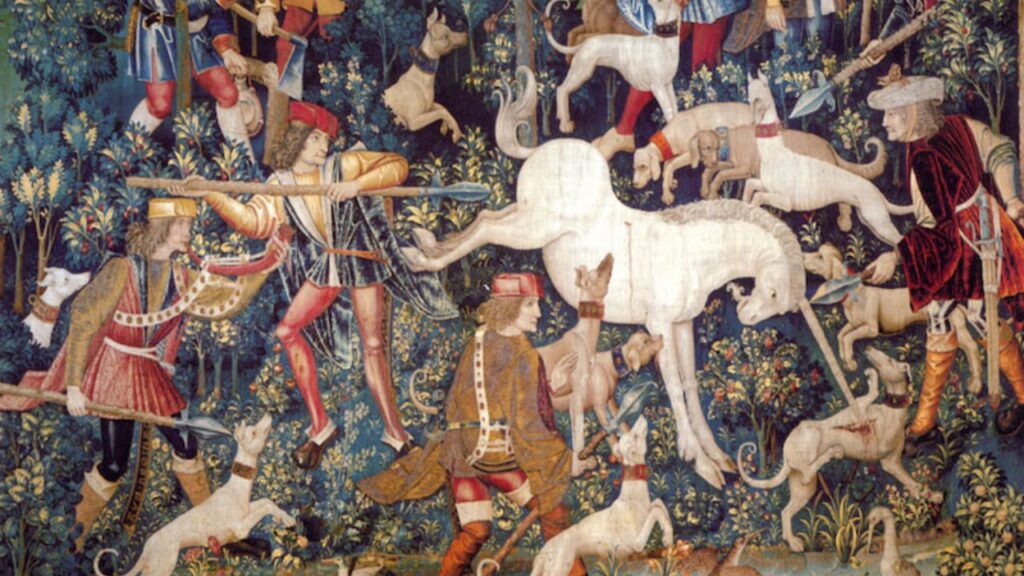
Medieval people were very fond of religion and mythology, and these two phenomena were interestingly often related. The emphasis on the unicorn was probably due to a mistranslation of a word meaning ox, and people’s belief that Jesus was likened to a unicorn in the Bible.
During the period, only virgin girls could touch unicorns, and on the other hand, this mythological animal was also considered an unpleasant symbol of Jesus’ conception into his mother’s womb.
12. It was very important for the people of this period to welcome death well due to the contagious diseases that raged during the period
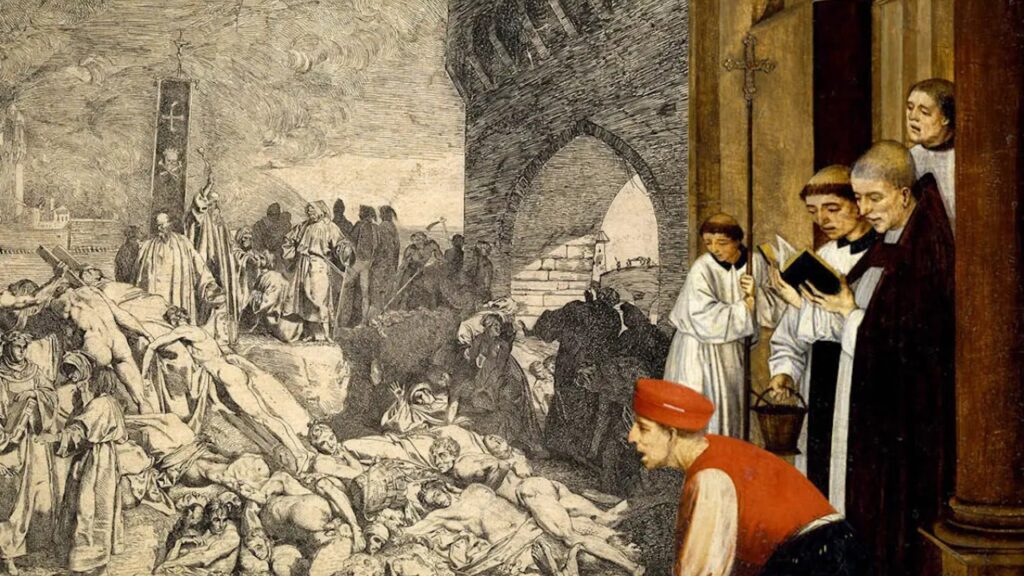
In the Dark Ages, plague was very common and the thought of death always occupied the minds of people. The people, who felt close to death and thought about death all the time, found the way to die as a good and perfect person by embellishing.
For this reason, an “art of death” called “aes moriendi” emerged. The basis of this movement was to die like a Christian. That is, the death of the person must have been planned and peaceful. The deceased was dressed in beautiful clothes by the clergy, and this farewell was made at length without haste.

